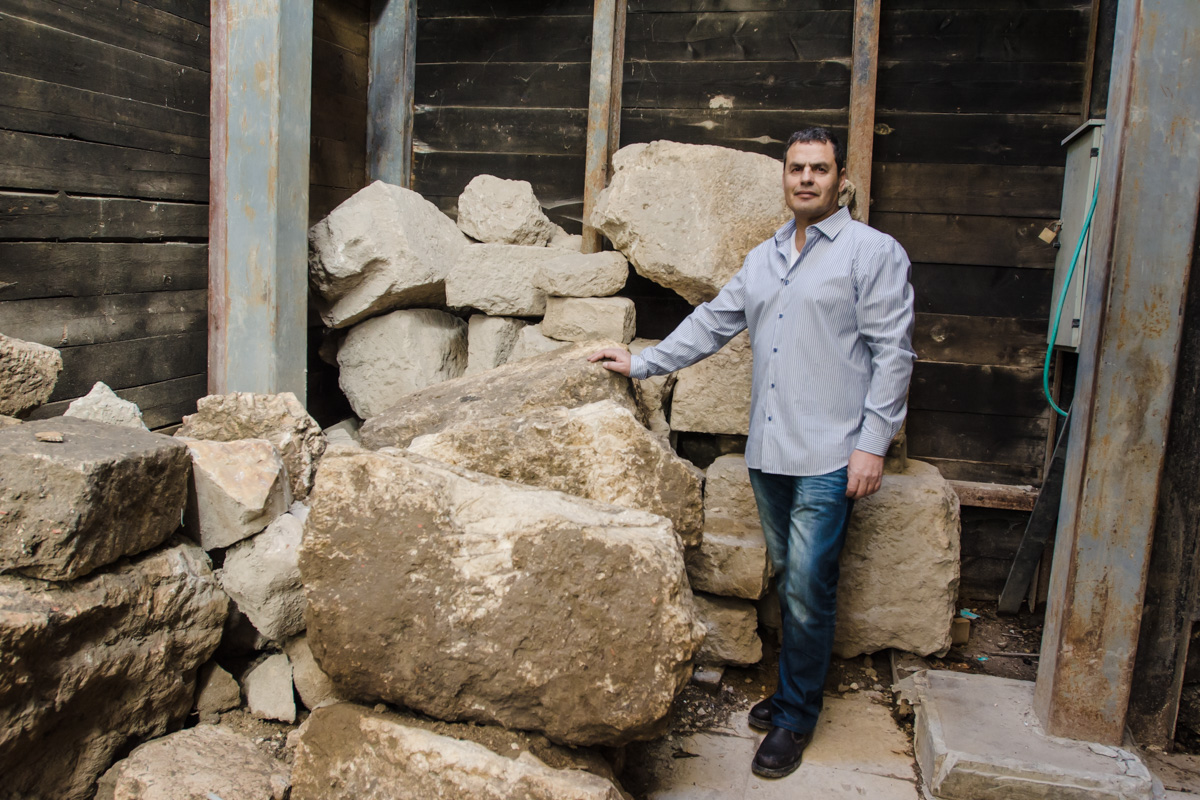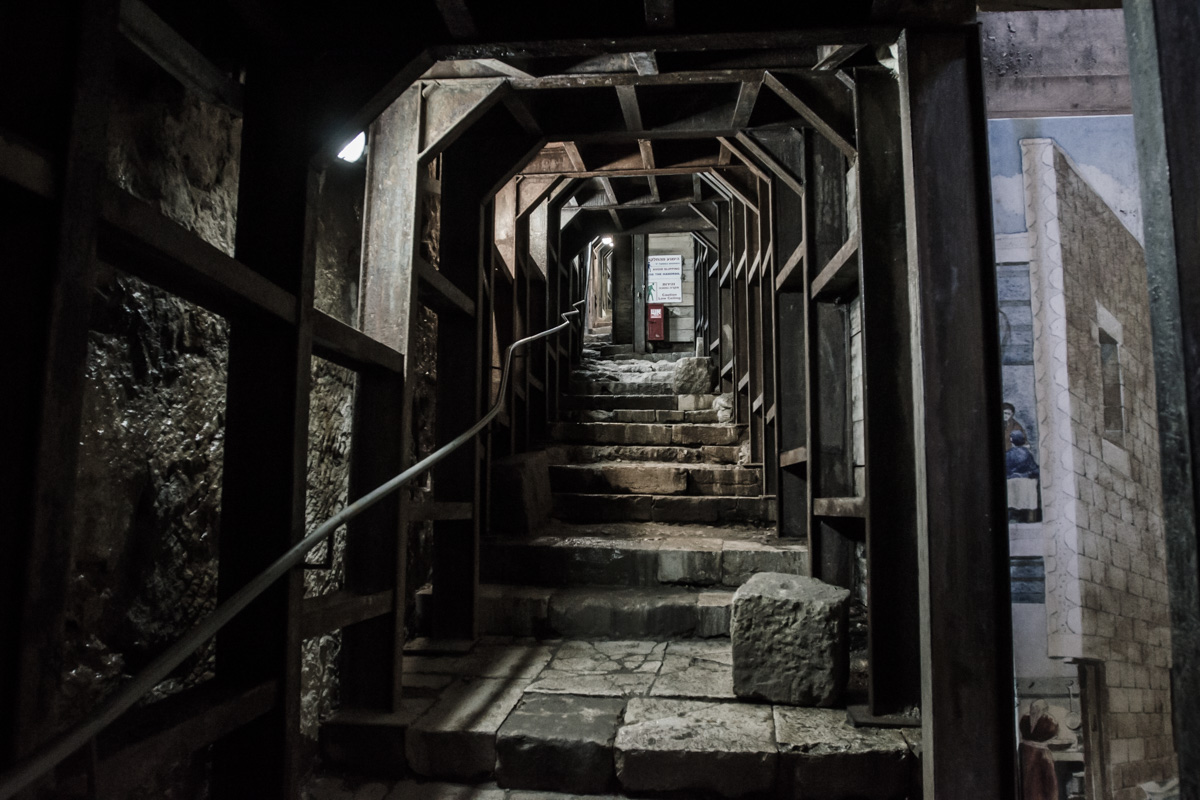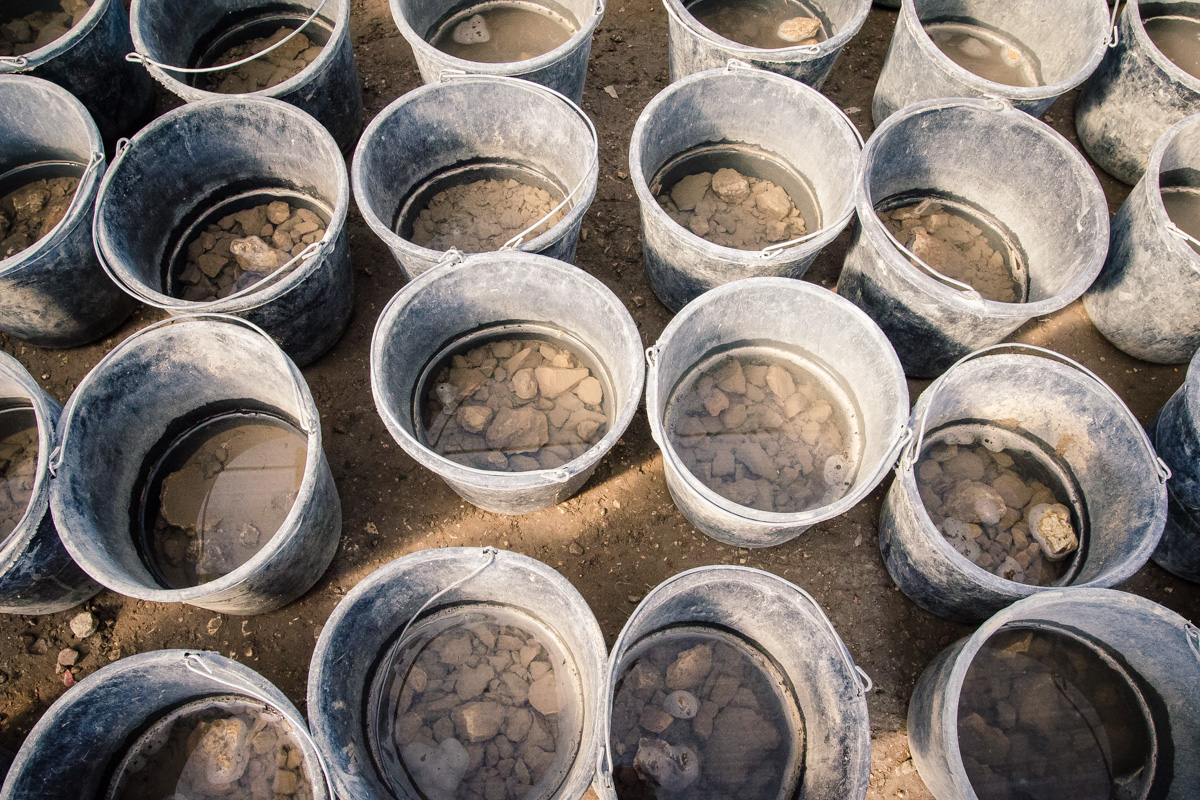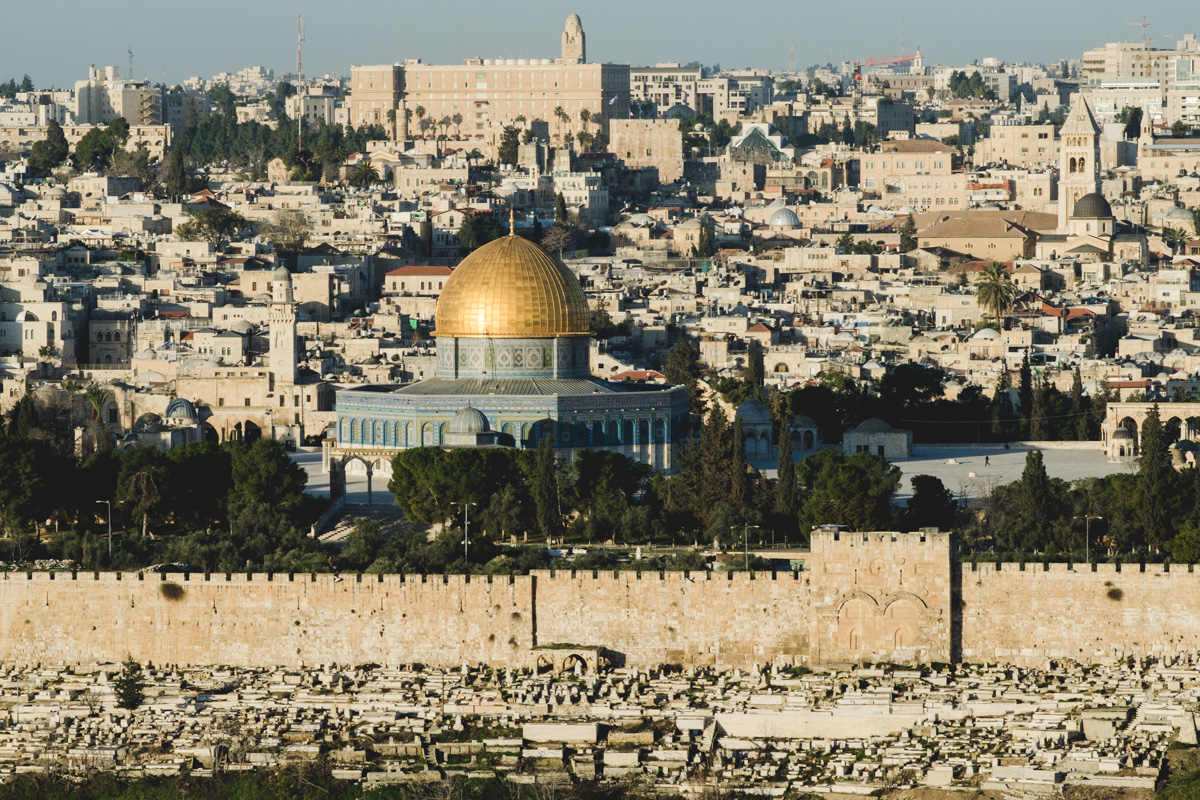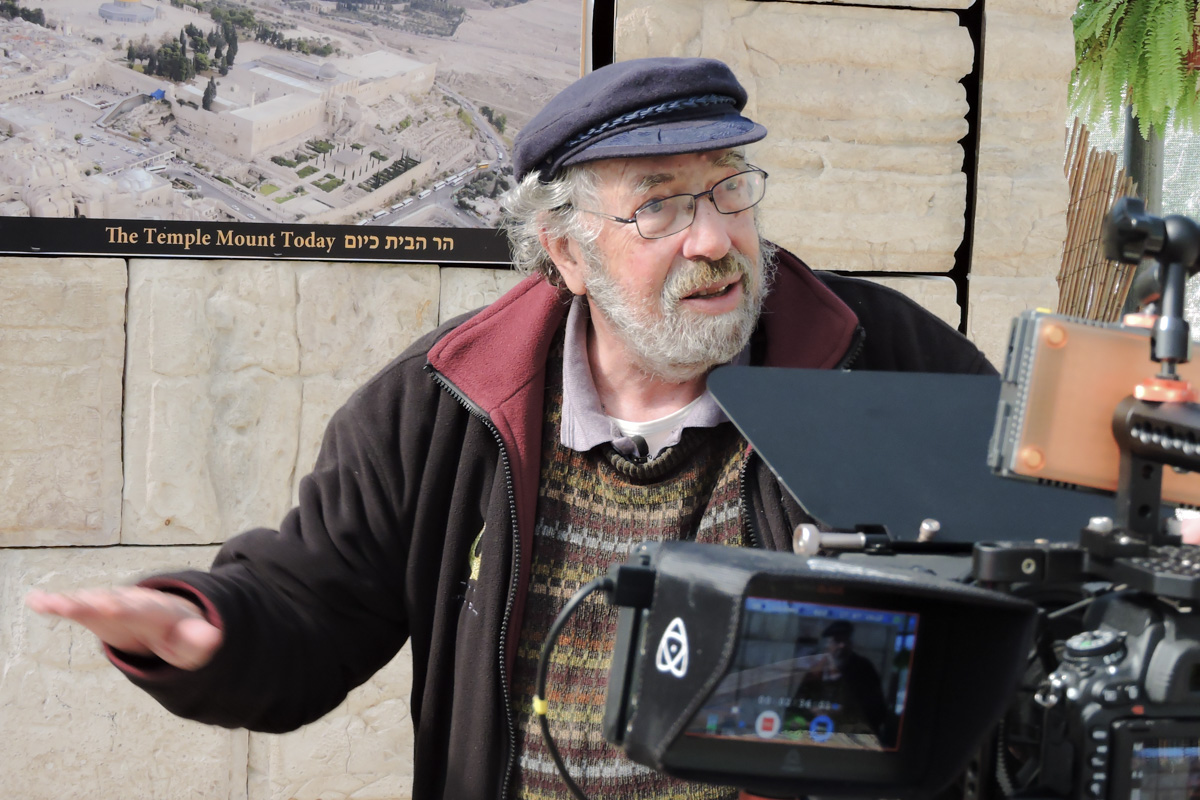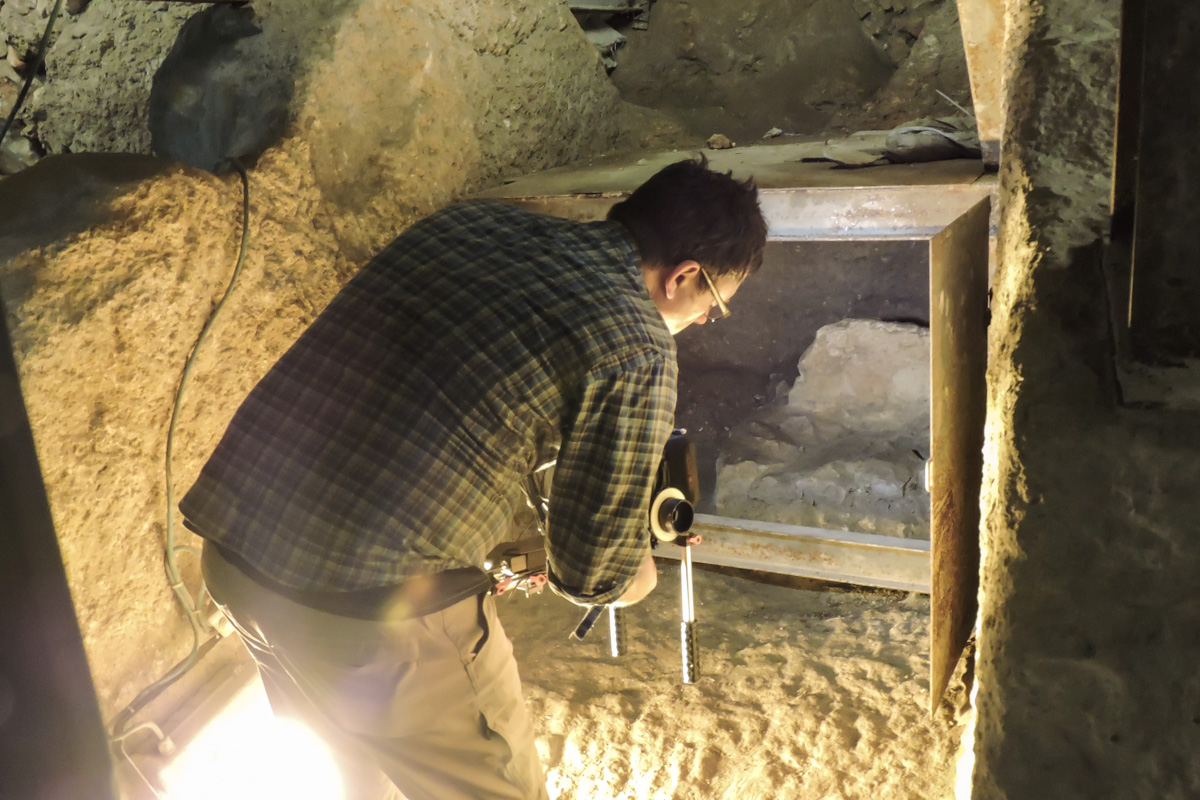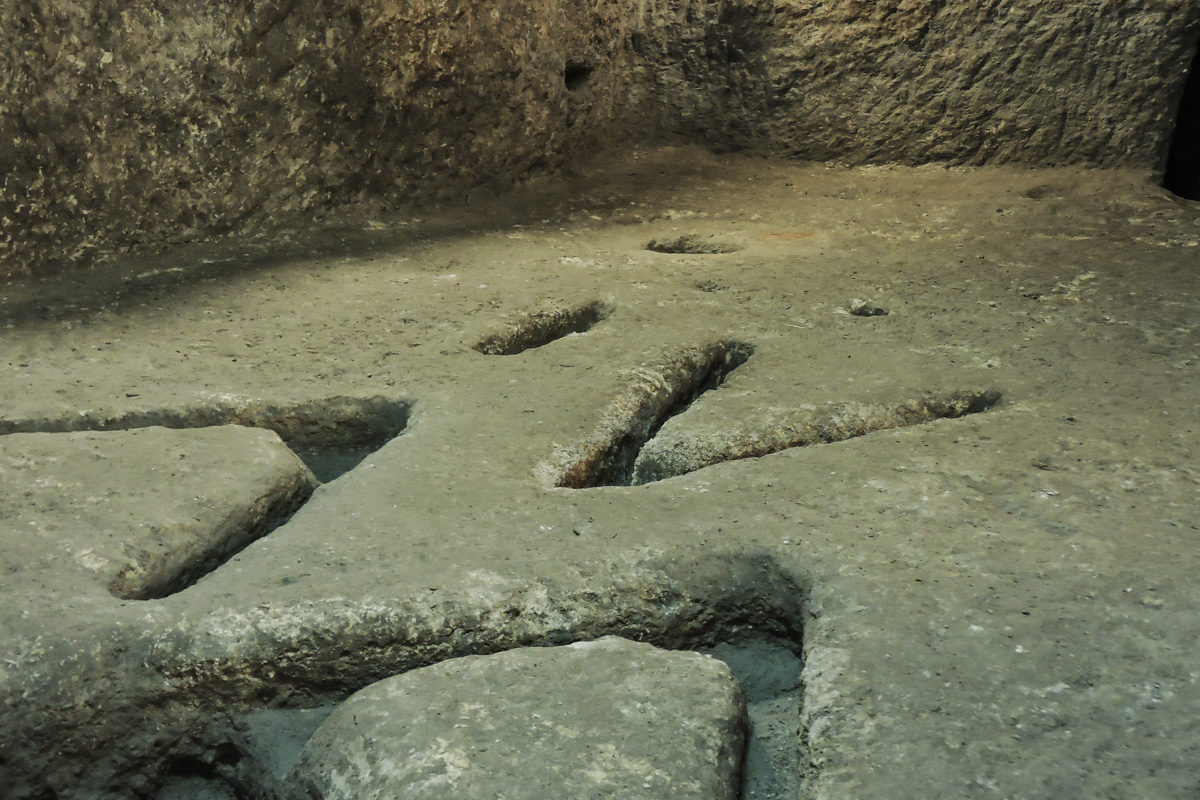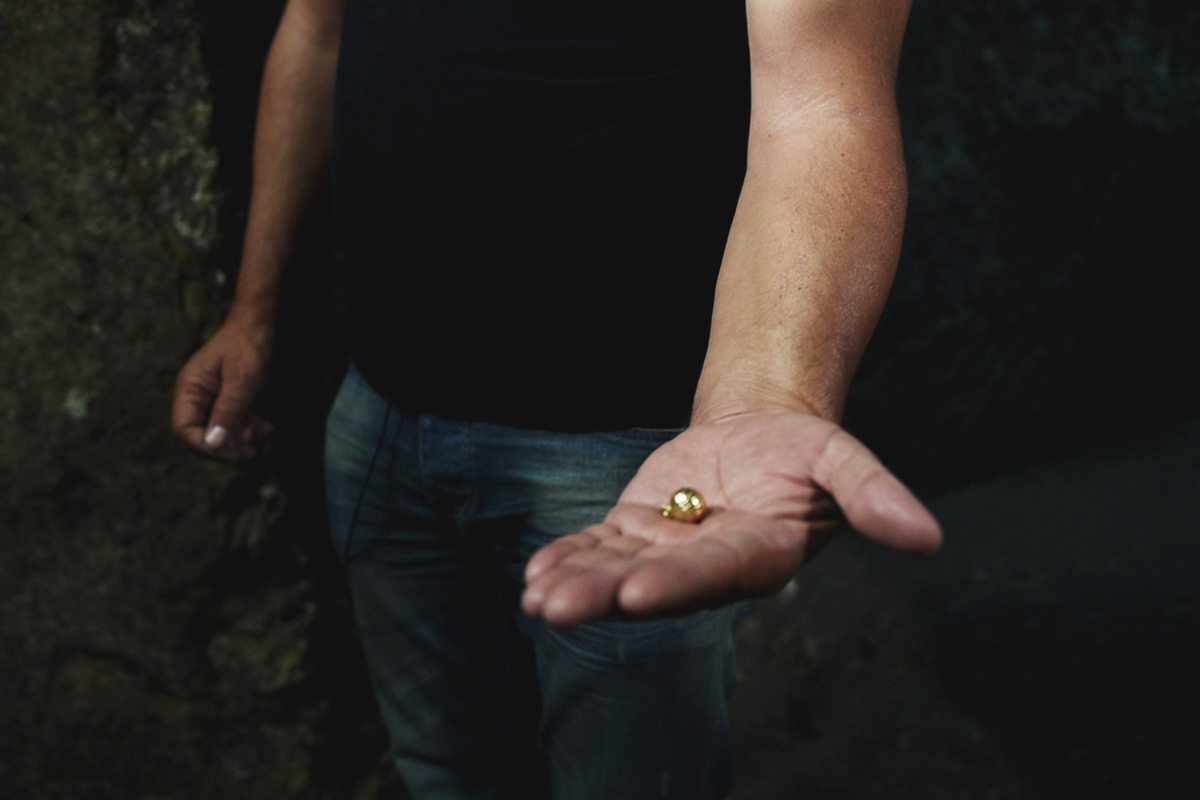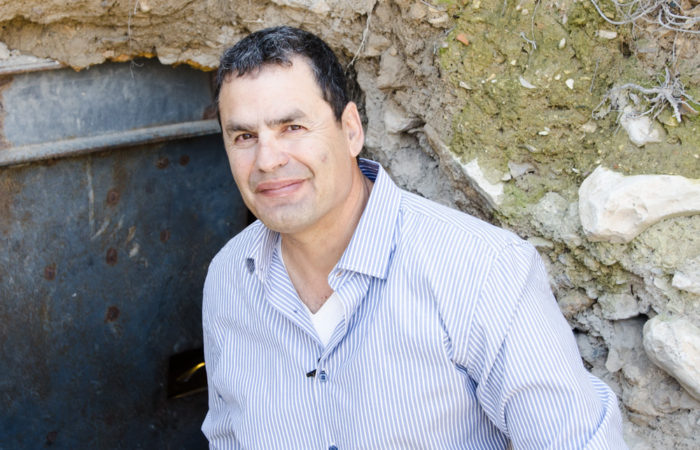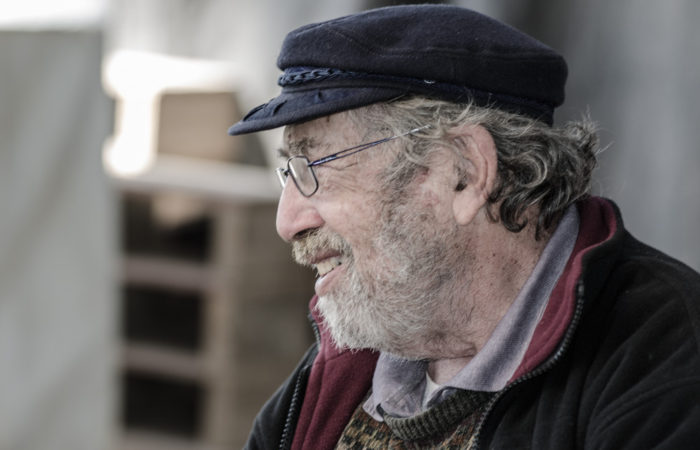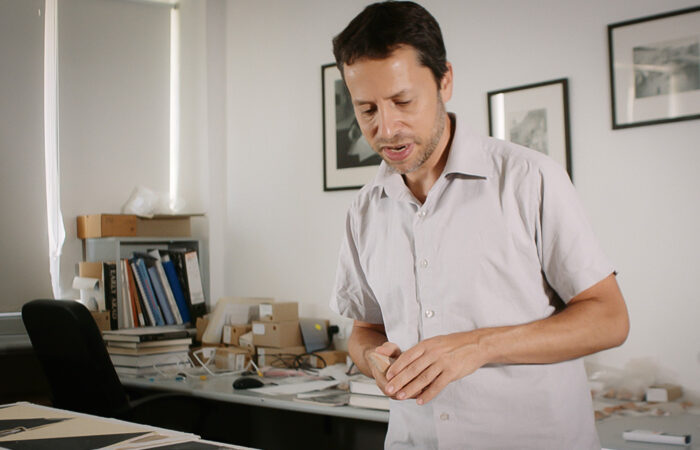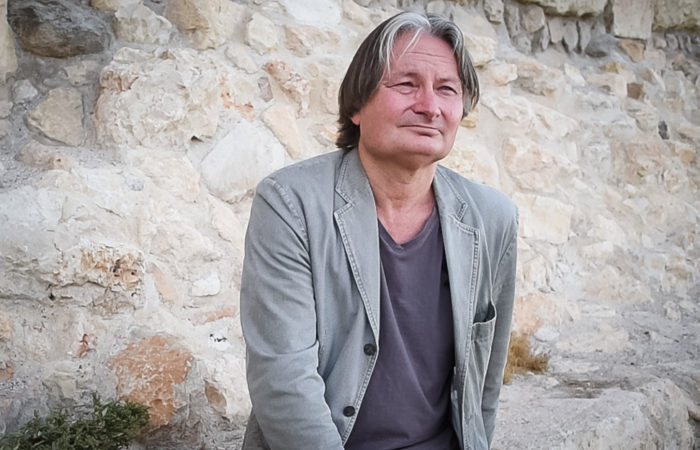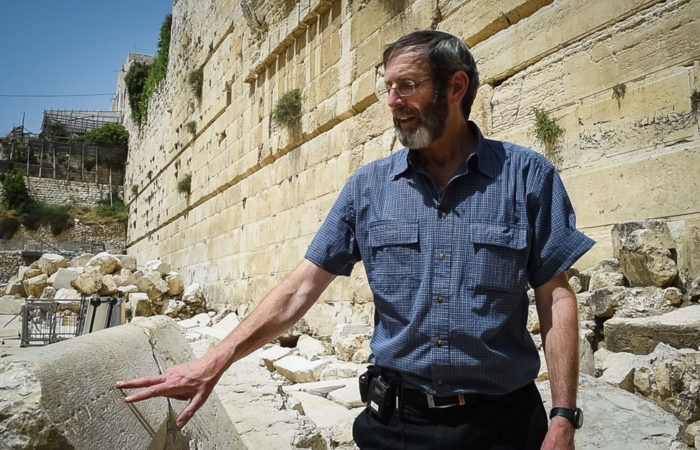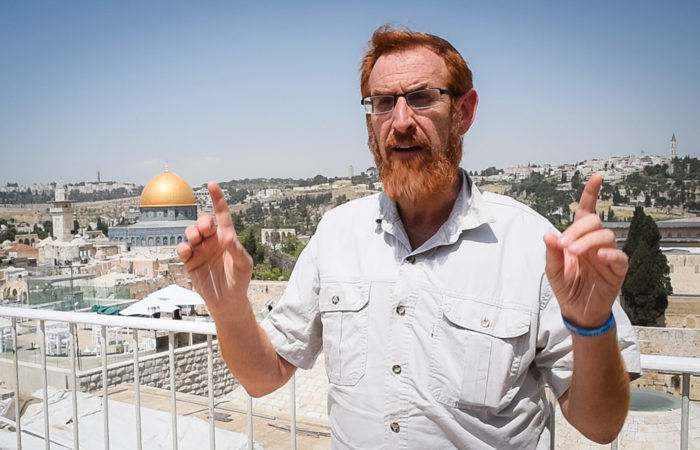
January 2018
Eli Shukron
Archaeologist
Eli Shukron received his master’s degree from the Institute of Archaeology of the Hebrew University in Jerusalem. He began his work excavating in the City of David over twenty years ago and has since become one of the leading experts on the archaeology of Jerusalem with vast experience based on numerous excavations in the city. Eli has made several significant discoveries in Jerusalem including the Shiloah (Siloam) Pool, a Golden Bell from a Priest’s garment, and the discovery of the Jerusalem Pilgrim road from the period of the Second Temple.
Dr. Gabriel Barkay
Archaeologist, Professor
Dr. Gabriel Barkay was born in Hungary in 1944, and immigrated to Israel in 1950. After graduating from Hebrew University summa cum laude where he studied archaeology, comparative religion and geography, he graduated summa cum laude from Tel Aviv University with a Ph.D in archaeology in 1985.
He has participated on various levels in numerous digs, and discovered the Silver Scrolls, two silver amulets that contain the Priestly Benediction (Numbers 6:24-26), which are the earliest recorded biblical verses ( dated to the late-7th century B.C. First Temple period) that mention the name “YHWH.” This makes the amulets the oldest Biblical inscriptions ever found, predating the Dead Sea Scrolls by at least 400 years, and the first mentioning the name of the LORD .
He has been the director of the Israel Excavation Society Sifting Project since 2004, sifting soil from the Temple Mount area. Tens of thousands of finds have revealed human activity on the site of the Temple Mount covering fifteen thousand years. He is considered one of the foremost experts on the history of the Temple Mount.
Dr. Barkay is the recipient of the 1996 Jerusalem Prize for Archaeological Research, and is a professor at Bar Ilan University in Tel Aviv. He has spent more than 30 years teaching at the American Institute of Holy Land Studies, and guest lectures at University of the Holy Land in Jerusalem.
Zachi Dvira
Archaeologist, Director Temple Mount Sifting Project
Zachi Dvira is an Israeli archaeologist and co-director of the Temple Mount Sifting Project. In 1999, while a student of archaeology at Bar-Ilan University, Dvira sought to gain access to construction debris dumped by the Islamic Waqf during the Construction of the el-Marwani Mosque. He later formed the Temple Mount Sifting Project with Dr. Gabriel Barkay in order to recover and preserve historical artifacts from the debris excavated from the Temple Mount.
Dr. Shimon Gibson
Archaeologist, Professor, Author
Dr. Shimon Gibson is a British-born archaeologist living in Israel. Dr. Gibson obtained a PhD on Landscape Archaeology in the southern Levant from the Institute of Archaeology, University College London. He is currently a Senior Associate Fellow at the W.F. Albright Institute of Archaeological Research in Jerusalem, and an adjunct Professor of Archaeology at the University of North Carolina at Charlotte. Gibson leads the team that found the 10-line ritual cup at Mount Zion.
Dr. Gibson is the editor of “The Illustrated Dictionary & Concordance of the Bible.” He also wrote in “The Final Days of Jesus: The Archaeological Evidence” (HarperOne, 2009) that Jesus was killed for acts of healing. Dr. Gibson was the lead archeaologist excavating the wilderness cave of John the Baptist in 2000 and authored the book “The Cave of John the Baptist.”
Ahron Horovitz
Author, Director of Megalim Institute
Ahron Horovitz is an author, historian, and the director of the City of David Institute for Jerusalem Studies. Ahron has published several books on the City of David and the Temple, including “A Temple in Flames”, the story of the final battle for Jerusalem and the destruction of the Second Temple in 70 CE.
Yehuda Glick
Rabbi, Former Director of the Temple Institute
Yehuda Glick is an American-born Israeli Orthodox rabbi, human rights activist and politician. Glick served as the Executive Director of the Temple Institute from 2005 – 2009. He currently serves as the President of the Shalom Jerusalem Foundation, and actively campaigns for civil rights and access for Jews on the Temple Mount. On 29 October 2014, Glick survived an assassination attempt by Mutaz Hijazi, a member of Islamic Jihad Movement in Palestine.
David Meir Levi, Archaeologist and Author
“The purpose of this intentional destruction of evidence is in order to make it more difficult for Jews to say “this is how we know we were here.””
Yehuda Glick, Israeli Knesset
“The main goal of this whole process (of rebuilding the Temple) is building a house of prayer for all nations.”
Dr. Shimon Gibson, Archaeologist
“These large stones were actually part of the Temple Mount itself… (which) had been pushed over in the year 70 by the Romans.”
Ahron Horovitz, Historian and Author
” And Josephus tells us that the flames blazing in the upper city were finally extinguished by the rivers of blood that were flowing in the streets. We’re talking about a tremendous massacre here.”
